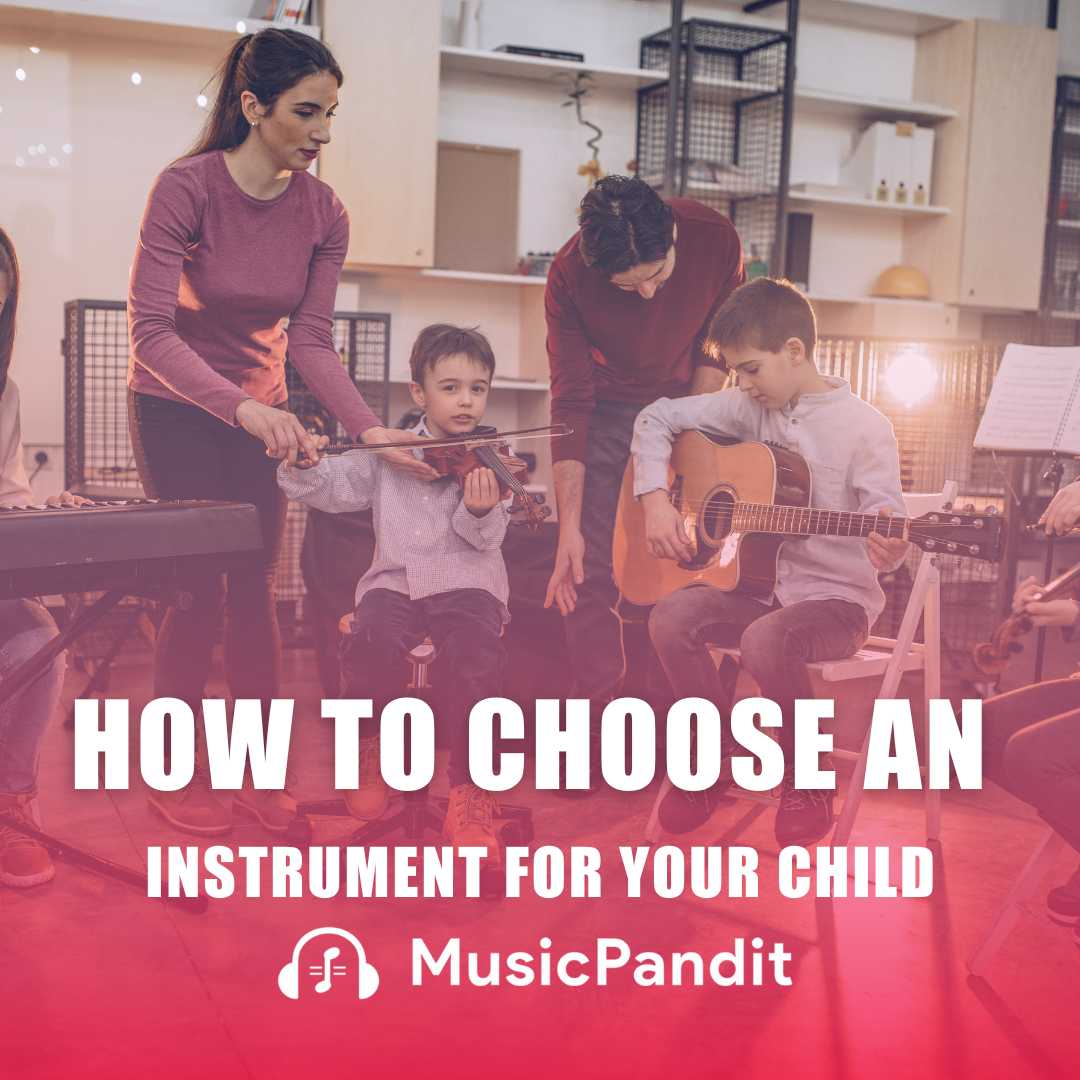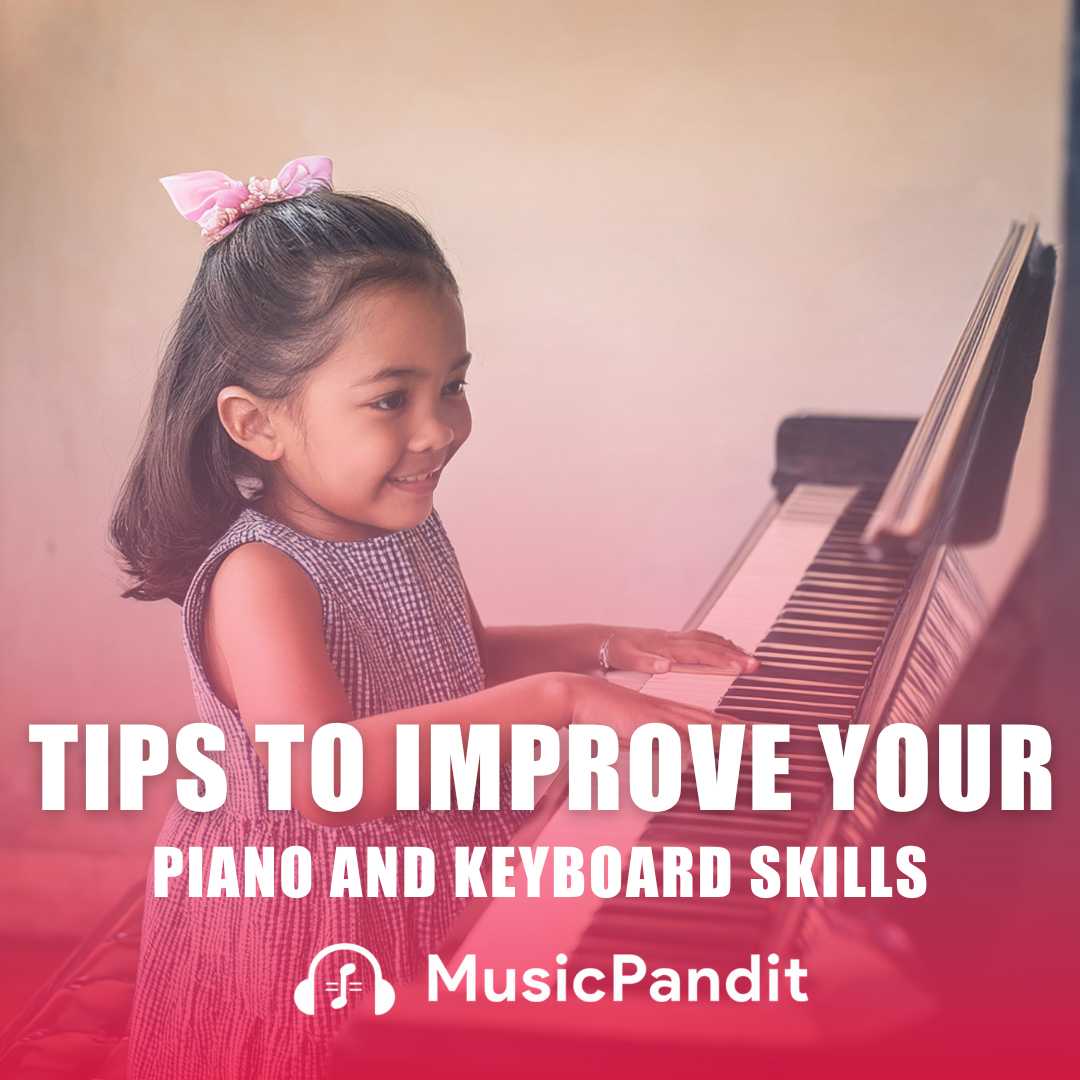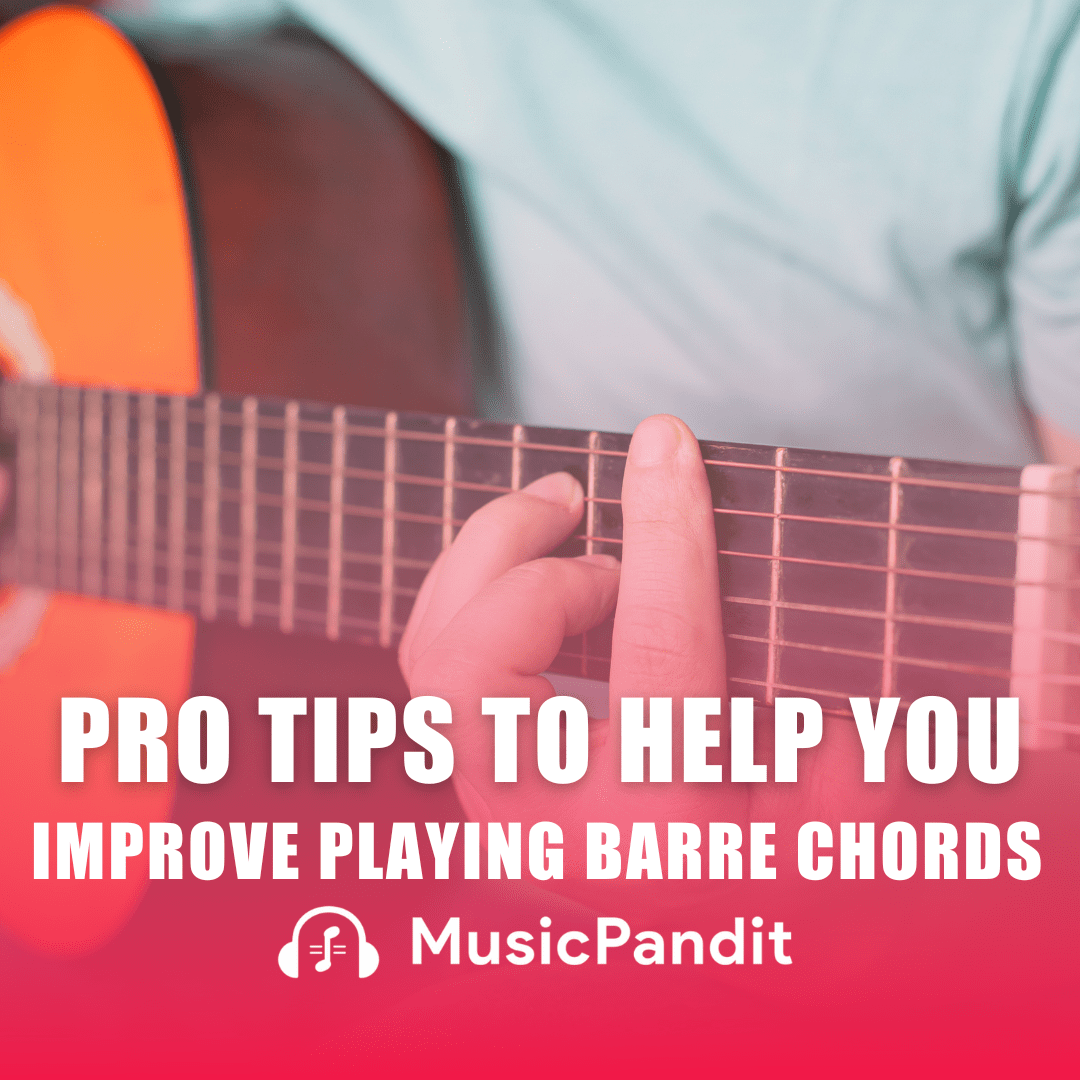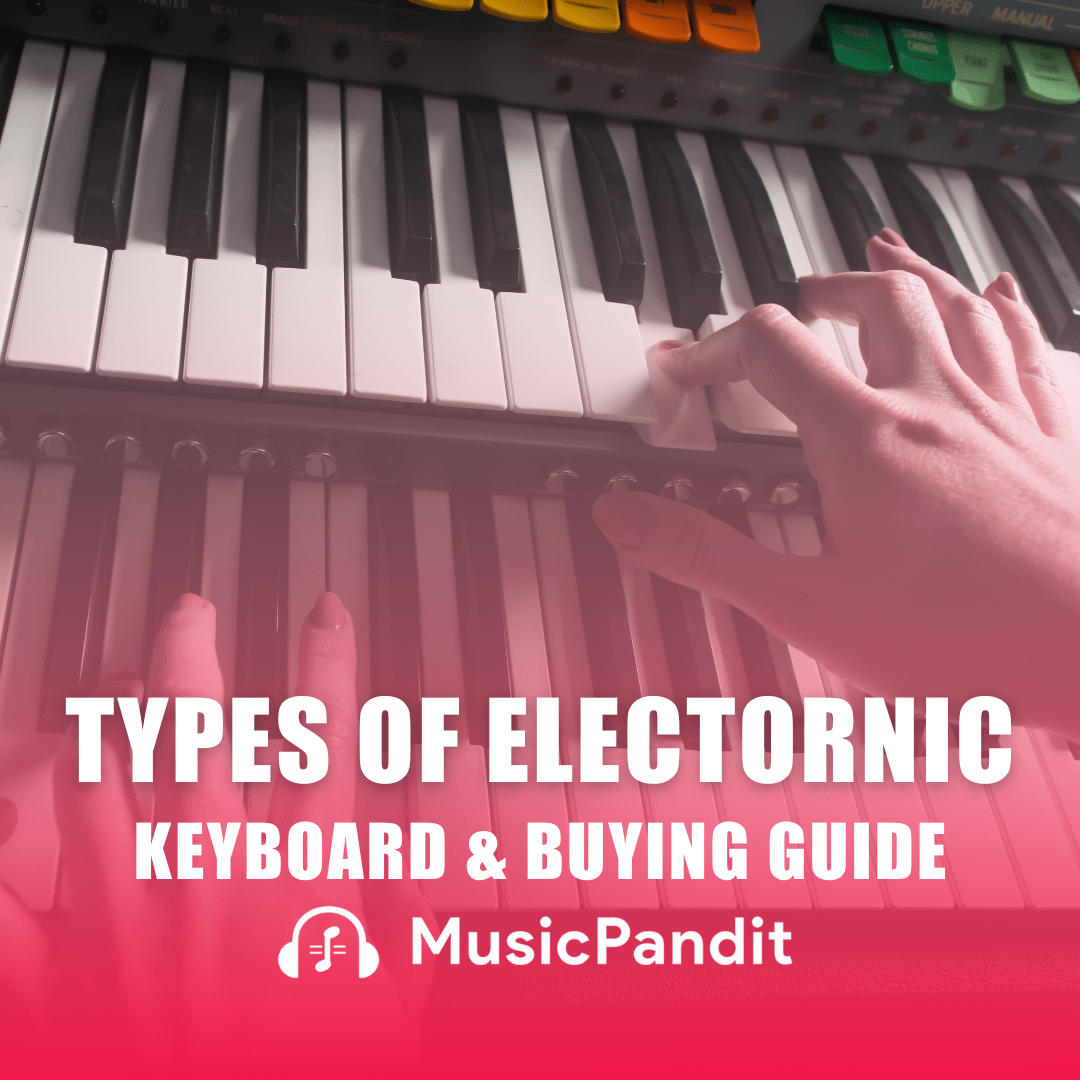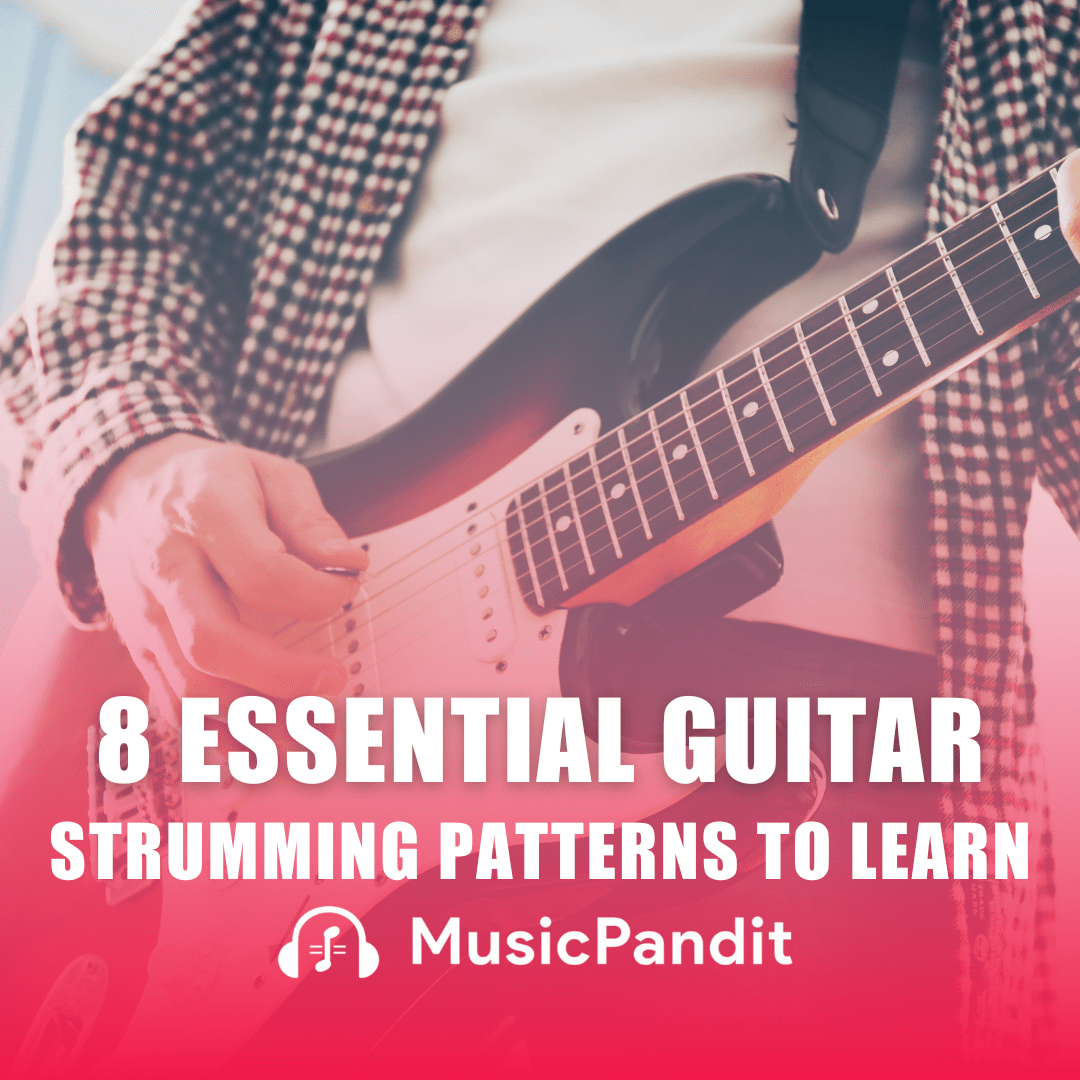Music has the power to enrich a child’s life, fostering creativity, discipline, and cognitive development. Introducing your child to a musical instrument can open doors to a lifelong passion for music. However, choosing the right instrument can be overwhelming, especially with so many options available. How do you know which instrument suits your child best? Should they start with a specific instrument, or should they follow their interests? What physical and developmental factors should be considered?
This guide will help parents navigate the process of selecting an instrument for their child by considering factors such as age, physical ability, interest level, and long-term commitment. Whether your child is interested in the piano, guitar, violin, drums, or a wind instrument, this comprehensive guide will provide insights to help make an informed decision.
Also Read: The Best Instruments for Children to Learn Online
Understanding Your Child’s Interest Level
A child’s enthusiasm for a particular instrument can greatly enhance their learning experience. Encouraging your child to explore different instruments is a great way to gauge their interest. You can do this by:
- Attending live performances or music workshops.
- Watching videos of musicians playing various instruments.
- Visiting a music store and allowing your child to try different instruments.
If your child shows a strong preference for a specific instrument, it’s a good sign that they will be motivated to learn and practice.
Age and Physical Considerations
Age as a Key Factor in Choosing an Instrument
Age plays a crucial role in determining the appropriate instrument for your child. Younger children may benefit from starting with simpler, physically manageable instruments. As they grow, they can transition to more challenging instruments that require greater coordination and lung capacity.
Physical Aspects to Consider
It’s essential to match the instrument to your child’s physical attributes. For example:
- String instruments (violin, cello) come in different sizes to accommodate younger children.
- Wind instruments (flute, saxophone, trumpet) require sufficient lung capacity and coordination.
- Percussion instruments (drums, xylophone) demand good motor skills and rhythm.
- Piano and keyboard are excellent choices for developing finger strength and coordination.
Instruments Suitable for Different Stages of Development
- Ages 6-7: The ukulele and keyboard are excellent choices for younger children due to their smaller sizes, ease of learning, and gentle string or key action. The piano can also be a great option as it helps develop foundational music skills without requiring complex finger coordination.
- Ages 8-10: At this stage, children can handle larger instruments like the guitar, which requires more finger strength than the ukulele but offers versatility in musical styles. The piano and keyboard remain strong options, as children can develop hand independence and music theory skills.
- Ages 10 and above: Children at this stage can explore full-sized guitars, advanced keyboard techniques, and even transition to digital pianos. If they have developed strong finger coordination and interest in songwriting or accompaniment, the piano and guitar become powerful creative tools.
Also Read: Electronic Keyboard is the Trending Instrument To learn
Assessing Musical Background and Initial Skills
If your child has prior musical experience, such as basic piano lessons or participation in a school music program, this foundation can influence their instrument choice.
For example:
- Familiarity with the recorder can ease the transition to woodwind instruments.
- A child who has learned basic piano may find it easier to switch to another instrument that requires reading sheet music.
- If they have rhythm and coordination, drums or percussion may be a great fit.
Assessing their initial skills can help identify instruments that align with their current abilities, promoting a smoother learning curve.
Considering the Popularity of Instruments
The popularity of certain instruments can impact your child’s musical opportunities. Common instruments like the piano, guitar, and violin are widely taught and have abundant learning resources. However, less common instruments such as the viola, bassoon, or French horn are often in higher demand in ensembles and may offer unique opportunities, including scholarships.
Other Considerations
Cost and Availability
The financial aspect of purchasing and maintaining an instrument is a significant consideration. Instruments vary in price:
- Affordable options: Ukuleles, recorders, and keyboards are budget-friendly and easy to start with.
- Mid-range instruments: Violins, guitars, and clarinets can be found at various price points.
- Expensive options: Pianos, drum sets, and some brass instruments require a larger investment.
Consider renting an instrument initially to assess your child’s commitment before making a purchase. Additionally, check if there are local teachers or music schools that offer instruction for the chosen instrument.
Commitment and Long-Term Goals
Reflect on your child’s long-term interest in music. Some instruments, like the piano and violin, require years of practice to master, while others, like the ukulele, can be picked up more quickly. Discuss their goals, whether they aim to play in a school band, form a garage band, or pursue classical music, to ensure the chosen instrument supports their aspirations.
Conclusion
Selecting the right musical instrument for your child involves careful consideration of their interests, physical attributes, prior musical experience, and long-term goals. By thoughtfully evaluating these factors, you can guide your child toward an instrument that not only suits them but also ignites a lifelong passion for music. Whether they choose the piano, guitar, violin, or any other instrument, the joy of making music will benefit them for years to come.
Explore Other Services:


